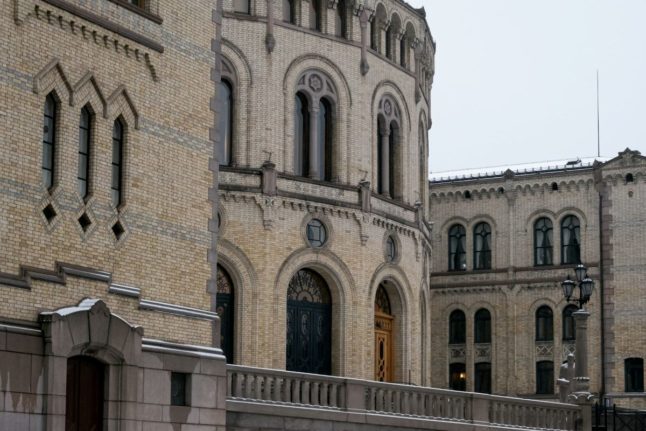Just under 20 percent of residents in Norway were either born abroad or to two foreign residents in the country, according to figures from the national data agency Statistics Norway (SSB).
However, plenty of towns and cities have a much higher proportion of foreign residents, with children born to two people from outside Norway also included in the immigration statistics as not all babies born in the country qualify for citizenship at birth.
Many would expect Oslo to be the key hub for foreigners in Norway, and they wouldn’t be wrong. However, while the capital has the highest number of foreign residents, the municipality with the highest proportion of foreigners is Lørenskog – where international residents account for more than 34 percent of the population.
Oslo is a close second, however, with more than a third of its inhabitants born in another country or to two foreign citizens living in the city.
Ullensaker, home to Jessheim and Norway’s largest airport and not far north of Oslo, was the municipality with the third highest proportion of foreign residents. There, foreigners comprised just under 32 percent of the 40,000-strong population.
Much further north from Oslo (and pretty much anywhere in Norway) is Båtsfjord, close to the Russian border, in the Arctic region of Troms and Finnmark. Of the 2,100 or so inhabitants, 31 percent are from other countries or the offspring of two foreigners. Foreign nationals from Lithuania and Poland made up the largest immigrant groups in the small municipality.
There are several small municipalities dotted around the country with a high proportion of foreign residents. Gamvik, home to just over 1,000 people, had the fifth-highest proportion of foreigners living alongside Norwegians. Frøya, like Gamvik, was another municipality in northern Norway with a high percentage of foreign residents compared to the rest of the population. There, foreigners accounted for 28 percent of residents.
The tiny archipelago community of Træna (home to around 450 people) and the ski resort village of Hemsedal (2,500 inhabitants) are other small rural communities with significant immigrant communities.
Still, plenty of large towns and cities also have bustling international communities. For example, Drammen and Lillestrøm, near Oslo, have a proportion of international residents amounting to just under 30 percent of the local population.
Since the overall population in these areas is much larger than in places like Hemsedal, there are far more foreign residents overall.
Sandnes, Stavanger, Bærum, Sarpsbord, Asker and Moss are some of the other larger towns and cities with an above-average percentage of foreign residents in their communities.
Meanwhile, Fredrikstad, Sola, Nittedal and Nodre Follo are among the other significant towns in Norway where those born abroad or to two non-Norwegian citizens made up more than a fifth of the population.
Comparatively, the foreign populations of Bergen, Kristiansand, and Skien are much closer to the national average of 18 percent of the population.
There are also several notable towns where the proportion of foreign residents was well below the national average. Trondheim, Ålesund, Tromsø, Arendal and Larvik are among the towns and cities where the proportion of foreign citizens is less than 18 percent.
Rindal stood out as the municipality with the lowest number of residents born in another country or to two non-citizens, with foreigners accounting for just 2 percent of the local population.



 Please whitelist us to continue reading.
Please whitelist us to continue reading.
Member comments